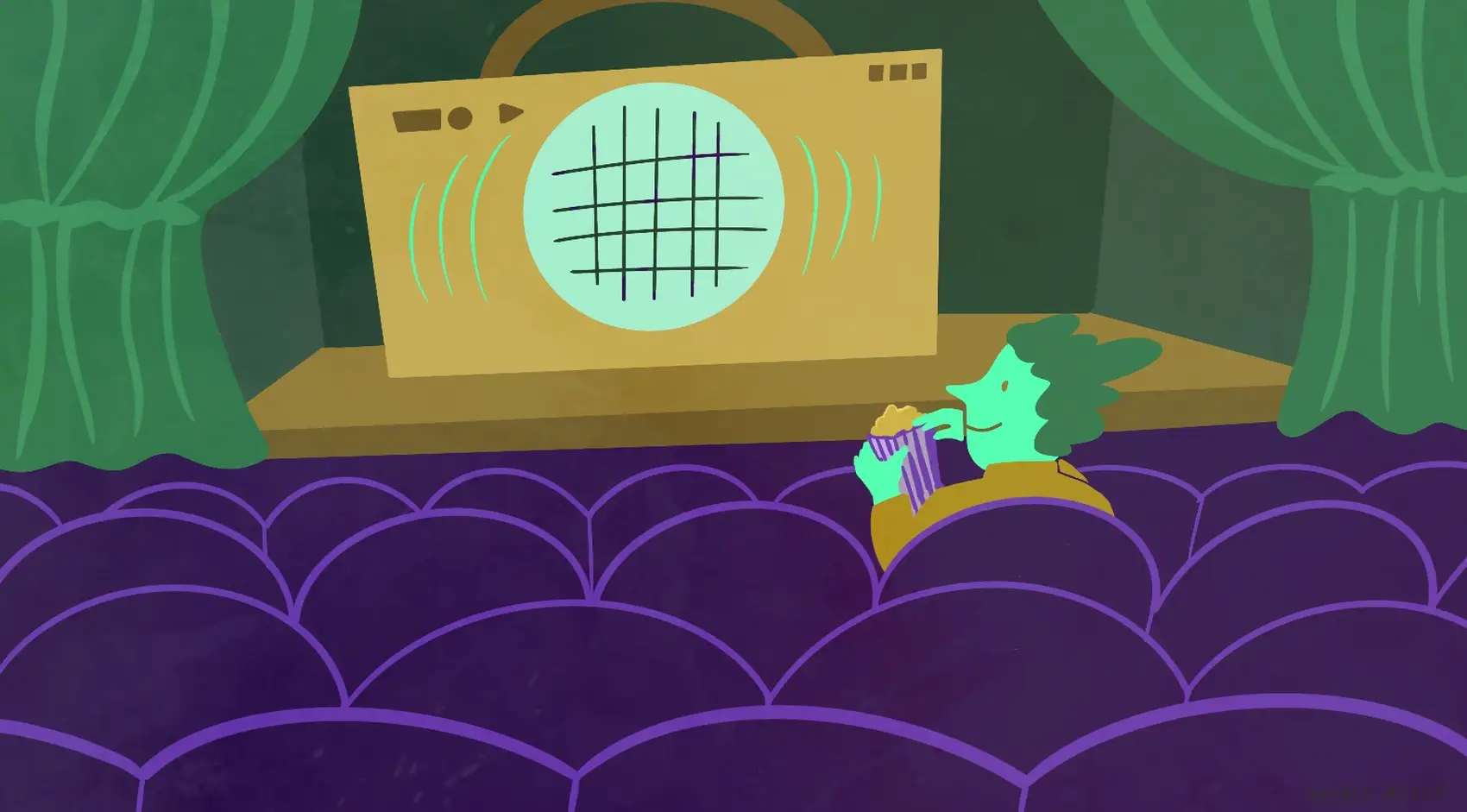
We’re Fly.io. We run apps for our users on hardware we host around the world. Fly.io happens to be a great place to run Rails applications. Check out how to get started!
I’ve got an app for scheduling dance competitions. I unretired to explore hosting it on the cloud. I’ve written about how it is configured.
In the first year this application was used to schedule events in six cities. As we are coming to a close of the second year the current count in twenty six cities. I need to be prepared in case the number of cities quadruples again next year.
Deploying a new event, location, or even region is merely a matter of updating a few configuration files and then running a script. This typically takes only a few minute, but do it enough times and those minutes add up. My goal is to automate what I’m doing manually so it can be done in seconds.
I’ve started by creating forms and having the controller update text files; this effort is fairly mundane and routine. Launching a script asynchronously from a browser process and streaming the response back live to the browser as it runs is less common. Mark Ericksen recently wrote an blog article on how to do similar things with Phoenix. The building blocks available for Rails are quite different, so a different approach is needed.
This blog post will show you how to build a Rails application that streams fly logs output to the browser. You can already find this functionality in the dashboard, but the point is that if you can stream the output of that command you can handle any command.
Let’s get started. If you are impatient, ignore the text and with a few copy and pastes you can have a demo up and running. After that skip down to the summary.
Step 1: Generate a new application
rails new console --css=tailwind
cd console
bin/rails generate channel output
bin/rails generate stimulus submit
bin/rails generate controller demo cmd
bundle add ansi-to-html
We will be using Tailwindcss for styling, Action Cable to stream the results, Stimulus to wire the UI to the cable, and a vanilla controller for the server side logic.
Because the output of fly logs is colorized with ANSI escape codes, we will also use ansi-to-html to convert these colors to HTML.
Before we proceed any further, comment out the channel in app/javascript/channels/index.js as we won’t be using it directly:
// Import all the channels to be used by Action Cable
// import "channels/output_channel"
The reason we are not using the (singular) output channel directly is that Action Cable is designed to broadcast data to all subscribers. This won’t do at all for this use case. Instead we will be creating separate streams for each client and then direct each output to a specific stream, thereby effectively broadcasting the results of our commands to an audience of one.
Step 2: Create an HTML form
Next replace app/views/demo/command.html.erb with the following:
<div class="w-full" data-controller="submit">
<h1 class="text-4xl font-extrabold text-center">Command demo</h1>
<input data-submit-target="input" name="app" placeholder="appname"
class="appearance-none mt-4 w-40 mx-auto block bg-gray-200
text-gray-700 border rounded py-3 px-4 mb-3
leading-tight focus:outline-none focus:bg-white">
<button data-submit-target="submit"
class="flex mx-auto bg-blue-500 hover:bg-blue-700 text-white
font-bold py-2 px-4 border-2 rounded-xl
my-4">submit</button>
<div class="border-2 border-black rounded-xl p-2 hidden">
<div data-submit-target="output" data-stream=""
class="w-full mx-auto overflow-y-auto h-auto font-mono text-sm
max-h-[25rem] min-h-[25rem]">
</div>
</div>
</div>
This is standard HTML. It doesn’t even use any Rails form helpers.
Nor even a HTML <form> element - the fields will be wired together
using Stimulus. Notes:
data-controllernames the stimulus class (submit)data-submit-targetidentified theinputfield(s), thesubmitbutton, and theoutputarea.data-steamon the output target contains the one bit of ERB, and that contain the token that will uniquely identify the stream.
The tailwind CSS stylings are taken from the Monitoring tab from the fly io dashboard, minus the background color.
The div element that contains the output is initially hidden.
Part 3: wire the form elements to the channel
Replace app/javascript/controllers/submit_controller.js with the
following:
import { Controller } from "@hotwired/stimulus"
import consumer from '../channels/consumer'
// Connects to data-controller="submit"
export default class extends Controller {
static targets = [ "input", "submit", "output" ]
connect() {
this.buttonTarget.addEventListener('click', event => {
event.preventDefault()
const { outputTarget } = this
const params = {}
for (const input of this.inputTargets) {
params[input.name] = input.value
}
consumer.subscriptions.create({
channel: "OutputChannel",
stream: outputTarget.dataset.stream
}, {
connected() {
this.perform("command", params)
outputTarget.parentNode.classList.remove("hidden")
},
received(data) {
let div = document.createElement("div")
div.setAttribute("class",
"pb-2 break-all overflow-x-hidden")
div.innerHTML = data
let bottom = outputTarget.scrollHeight -
outputTarget.scrollTop -
outputTarget.clientHeight
outputTarget.appendChild(div)
if (bottom == 0) div.scrollIntoView()
}
})
})
}
}
This stimulus class:
- Identifies the three “targets” to match in the HTML:
input,submit, andoutput. - Defines an action to be executed when the submit button is clicked
- Extracts the outputTarget and the name and value of each of the inputs.
- Creates a subscription on the
OutputChannel, identifying the substream taken from the output target element. Two functions are defined for the subscription:connectedwill request that the command be performed, passing the parameters constructed from the input(s). Additionally the enclosing element for the output target will be unhidden.receivedwill add a line to the output. If the output stream was scrolled to the bottom at the time a line is added the scroll will advance to show the new content.
Part 4: wire the form elements to the channel
Replace app/controllers/demo_controller.rb with the following:
class DemoController < ApplicationController
def cmd
@stream = OutputChannel.register do |params|
["flyctl", "logs", "--app", params["app"]]
end
end
end
This may not look like much, but it is perhaps the most important part. I am not an expert on security, but I’m pretty sure that letting random people on the internet provide commands to be executed on your server is a bad idea. This code takes a number of precautions:
- Streams are by invitation only. As we will soon see a random
token will be generated by the channel, and this token will be
placed in the HTML which presumably will be served via
https, so only the recipient can initiate a stream. - Even with a token, the only commands that will be issued are provided by the server, optionally augmented by parameters that are passed by the client. This code can do further validation or even provide different commands based on the input provided.
- The final command is an array of strings allowing the shell to be bypassed, preventing shell injection attacks.
Part 5: the channel itself
Replace app/channels/output_channel.rb with the following:
require 'open3'
class OutputChannel < ApplicationCable::Channel
def subscribed
@stream = params[:stream]
@pid = nil
stream_from @stream if @@registry[@stream]
end
def command(data)
block = @@registry[@stream]
run(block.call(data)) if block
end
def unsubscribed
Process.kill("KILL", @pid) if @pid
end
private
@@registry = {}
BLOCK_SIZE = 4096
def self.register(&block)
token = SecureRandom.base64(15)
@@registry[token] = block
token
end
def logger
@logger ||= Logger.new(nil)
end
def html(string)
Ansi::To::Html.new(string).to_html
end
def run(command)
Open3.popen3(*command) do |stdin, stdout, stderr, wait_thr|
@pid = wait_thr.pid
files = [stdout, stderr]
stdin.close_write
part = { stdout => "", stderr => "" }
until files.all? {|file| file.eof} do
ready = IO.select(files)
next unless ready
ready[0].each do |f|
lines = f.read_nonblock(BLOCK_SIZE).split("\n", -1)
next if lines.empty?
lines[0] = part[f] + lines[0] unless part[f].empty?
part[f] = lines.pop()
lines.each {|line| transmit html(line)}
rescue EOFError => e
end
end
part.values.each do |part|
transmit html(part) unless part.empty?
end
files.each {|file| file.close}
@pid = nil
rescue Interrupt
rescue => e
puts e.to_s
ensure
files.each {|file| file.close}
@pid = nil
end
end
end
There’s a lot here. Let’s start with the public interface:
self.registeris what generates a secure random token and saves away the block of code that generates the command to be executed for later use.subscribedis called when the stimulus controller creates a subscription. Note that it will only create a stream if the name of the stream is in the registry.commandis what is called when the stimulus controller callsperform. It will run the block of code from the registry to determine the command.unsubscribedwill kill any running process if the cable is closed
Now the private parts:
loggerwill disable the logger. By default Action Cable will log every request which can produce a lot of output. Feel free to remove this or filter the output as desired.htmlwill call the ANSI to html converter.runwill launch the command and monitor both the stdout and stderr streams, reading from them in buffered blocks as output becomes available, splitting that output in lines and transmitting those lines as they become available.
That completes the implementation. Give it a whirl!
Launch your Rails application using bin/dev, and then navigate to
http://localhost:3000/demo/cmd. If you don’t have an existing fly
application to monitor, change the command in app/controllers/demo_controller.rb
to something that will produce output. Perhaps tail -f on a file?
Summary
Action Cable does the heavy lifting in this scenario. As documented it may appear daunting and unapproachable, and there appear to be precious few examples of this kind to learn from, but in practice it can be very easy to use.
As assembled, there are four pieces to the puzzle. The HTML and Rails controller are unique to the specific request, and the Stimulus controller and OutputChannel are designed to be reusable by other requests. In fact a single application can have multiple scripts and all that would be needed is HTML and a controller action for each.
My application will have separate scripts for creating and deleting machines, copying data to volumes, and other administrative tasks. There undoubtedly will be a few tasks where I will need to drop down to the command line, but most of the time I’ll be able to do things that used to require my laptop from my phone.
This example used the output of script commands as the source for real time updates, but other sources are indeed possible: perhaps a ChatGPT server or stock quotes? Let your imagination run wild!
Fly.io ❤️ Rails
Fly.io is a great way to run your Rails HotWired apps. It’s really easy to get started. You can be running in minutes.
Deploy a Rails app today! →
